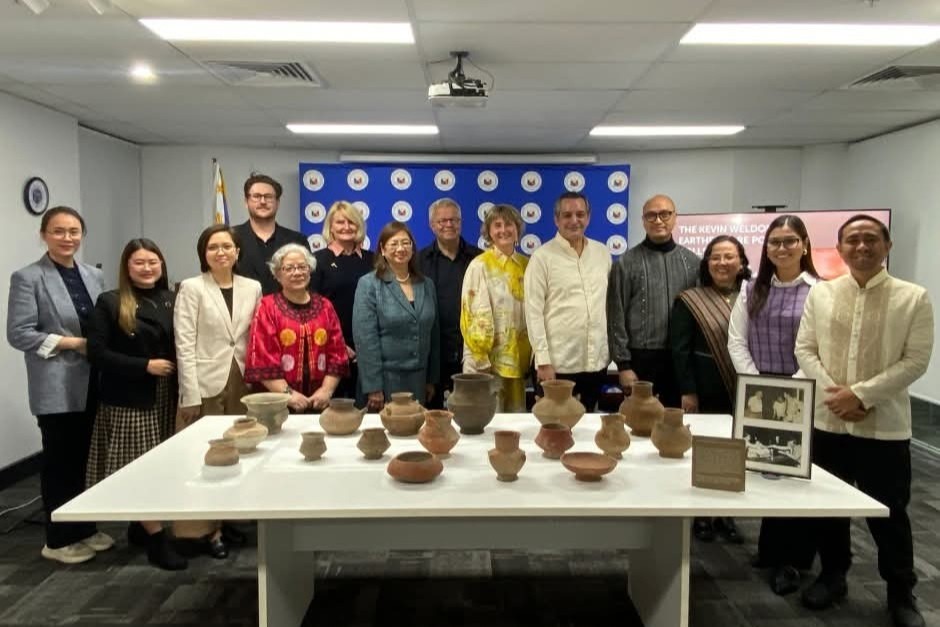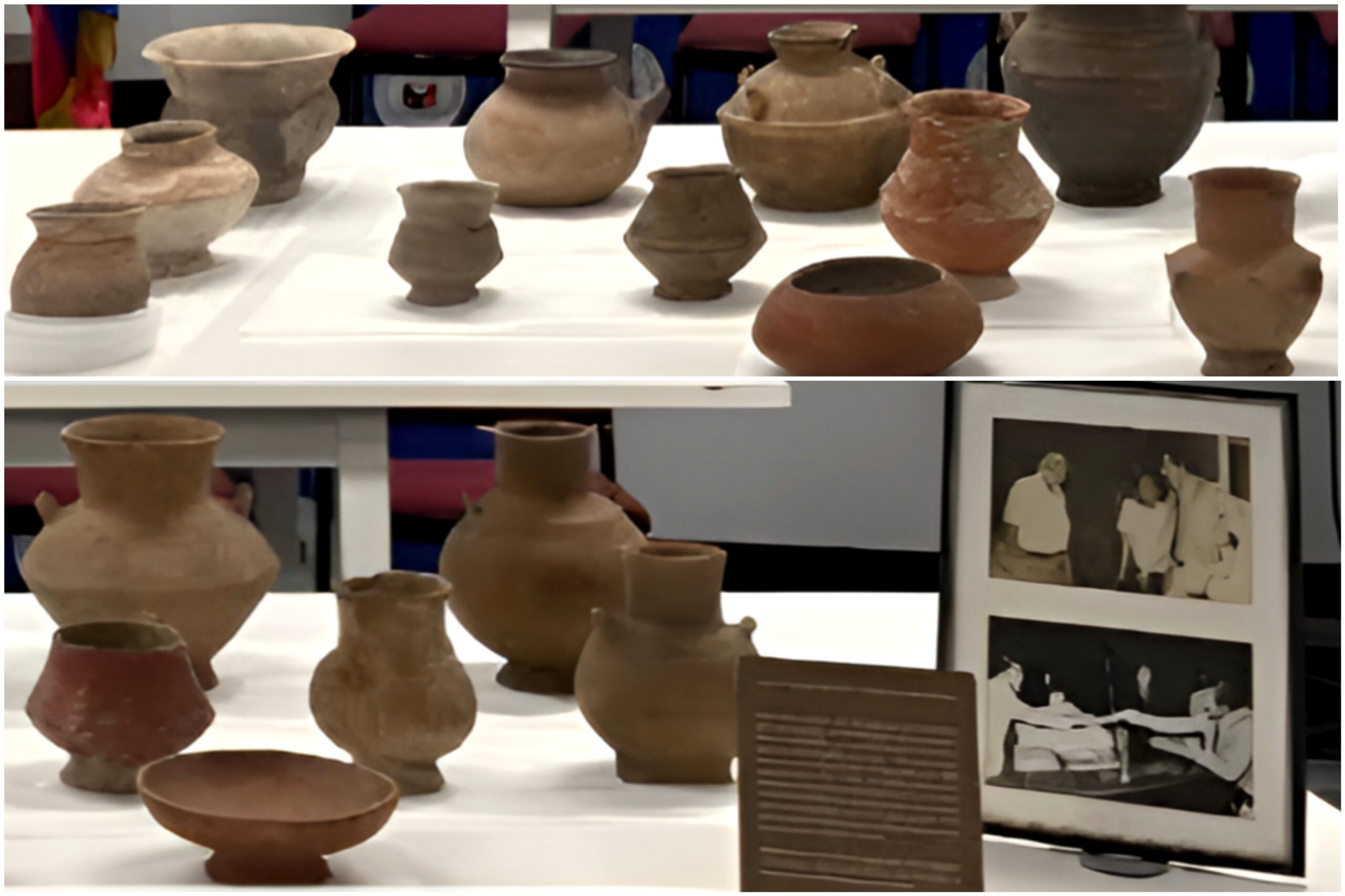2,000-year-old artefacts returned to Philippines after 50 years in Australia

The National Museum of the Philippines has received a remarkable donation: 17 ancient earthenware pots, dating back 1,500 to 2,000 years, repatriated from Australia after more than five decades in private care.
In a handover ceremony held on May 30 at the Philippine Consulate in Sydney, the collection—believed to have been excavated from sites in Southern Luzon—was formally turned over to the museum by the Weldon family, heirs of the late Australian publisher and philanthropist Kevin Ernest Weldon. The vessels, thought to include burial and fertility jars from the Metal Age, have now safely arrived in Manila, where they will undergo conservation and research before being displayed to the public.
“It’s something for cultural workers both in the Philippines and Australia to celebrate,” said Jeremy Barns, director-general of the National Museum of the Philippines, who led the delegation from Manila. “May this donation unearth knowledge for the better understanding of our history, and inspire others to be stewards of our heritage.”
The story of the artefacts stretches back to the early 1970s, when Kevin Weldon, already a prominent figure in Australian publishing, developed close cultural ties with the Philippines. Weldon was working with Filipino writer and editor Alfredo Roces on Filipino Heritage, a landmark illustrated series chronicling Philippine history and culture. The project spanned 2,800 pages, included contributions from nearly 200 scholars and artists, and was born at a time of political uncertainty during the Marcos regime.
When Martial Law disrupted the series and endangered its contributors, Weldon helped Roces relocate to Australia, where the project was completed in 1979. During this period, Weldon also offered private financial support to archaeological efforts led by Dr. Robert Fox, best known for his work in the Tabon Cave complex.
As a gesture of gratitude, Fox’s team entrusted Weldon with 17 earthenware vessels uncovered during excavations in Southern Tagalog. The pots remained in the Weldon household in Australia for the next 50 years—safeguarded, catalogued, and remembered as part of Weldon’s deep connection to Philippine heritage.
“My father promised to personally ensure they were well cared for over the years—and he did,” said Cecille Weldon, speaking on behalf of her siblings Leonie and Harold during the handover ceremony.
Following Kevin Weldon’s passing in 2023, the siblings made the collective decision to return the pots to the Philippines—an act of cultural repatriation they described as both moral and meaningful.
“When my father passed away, my brother, sister, and I were united in our desire to return the pots to the Philippines—to let them come home after their long stay at our house,” Cecille said.
She recalled how the collection was not simply a set of objects, but a living thread tied to her father’s values and legacy.
“We like to think that we’ve become part of their story, and that my father’s legacy—his courage to keep a story alive when Martial Law threatened to silence it—travels back with them.”
During the turnover, she also acknowledged the broader importance of returning cultural items to their rightful origins: “Just as we return these artefacts to the Philippines, we hope for the safe return of cultural items to Indigenous communities here in Australia, too.”
The 17 vessels, many of which were likely used in ceremonial or funerary contexts, offer new opportunities for research into the lives, beliefs, and technologies of early Filipinos. According to Barns, the artefacts shed light on a critical era in Philippine history, when local societies were transitioning out of the Neolithic period and forming the complex communities later documented by early European explorers.
Now back in the Philippines, the pots will be preserved and studied by the National Museum’s archaeology division, led by Dr. Mary Jane Louise Bolunia. The museum plans to feature the artefacts in a future exhibition that will not only highlight the craftsmanship of ancient Filipinos, but also the enduring impact of cross-cultural solidarity.



0 Comment